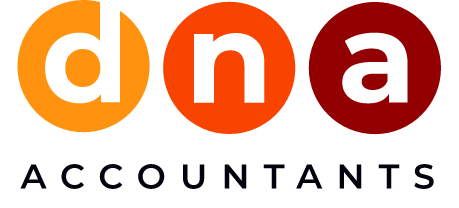….Are you aware of the changes?
The VAT Flat Rate Scheme simplifies businesses’ record keeping, and makes it easy to work out the VAT they have to pay. However as of 1st April 2017 the scheme changed, as announced by the Chancellor in his Autumn Statement last year.
So, how does it work?
Normally a business deducts the VAT on its inputs (what they buy) from the VAT charged on what they sell (outputs). Under the Flat Rate Scheme, that two stage process is simplified to one step. For example, the flat rate percentage for a clothes shop is 7.5% – so if the owner of that shop sells a dress for £120 including VAT of £20 he will pay a flat rate of £9 (£120 x 7.5%) to HMRC. Exactly which sales count can be complicated – the details can be found on the HM Revenue and Customs (HMRC) website and the percentages for each type of business vary.
The flat rate scheme is designed to give the government roughly the same amount of VAT, but should be much easier to work out. However, because it is an approximation, some businesses will pay more, and some less. The government is concerned that some businesses are using the Flat Rate Scheme to pay less VAT than is appropriate.
So, what exactly is changing?
In the Autumn Statement, Chancellor Philip Hammond announced changes which affect businesses which have a very low cost base. These businesses are now called “limited cost traders”.
Limited cost traders can still use the Flat Rate Scheme, but their percentage will be 16.5%. So if they sell £120 of work, including £20 of VAT, the flat rate amount is £19.80 (£120 x 16.5%).
A limited cost trader is defined as one that spends less than 2% of its sales on goods (not services) in an accounting period.
When working out the amount spent on goods, it cannot include purchases of:
- capital goods (such as new equipment used in a business)
- food and drink (such as lunches for staff)
- vehicles or parts for vehicles (unless running a vehicle hiring business)
A firm will also be a limited cost trader if it spends less than £1,000 a year, even if this is more than than 2% of the firm’s turnover on goods.
And who will this affect?
It will increase the VAT paid by labour-intensive businesses where very little is spent on goods. For example, this may affect IT contractors, consultants, hairdressers and accountancy firms.
It will also affect construction workers who supply their labour, but where the raw materials are provided by the main contractor.
The scheme can be more complicated than expected, and this note is only an overview, so be sure to read the guidance carefully. Or contact us to discuss your VAT situation in more detail.

